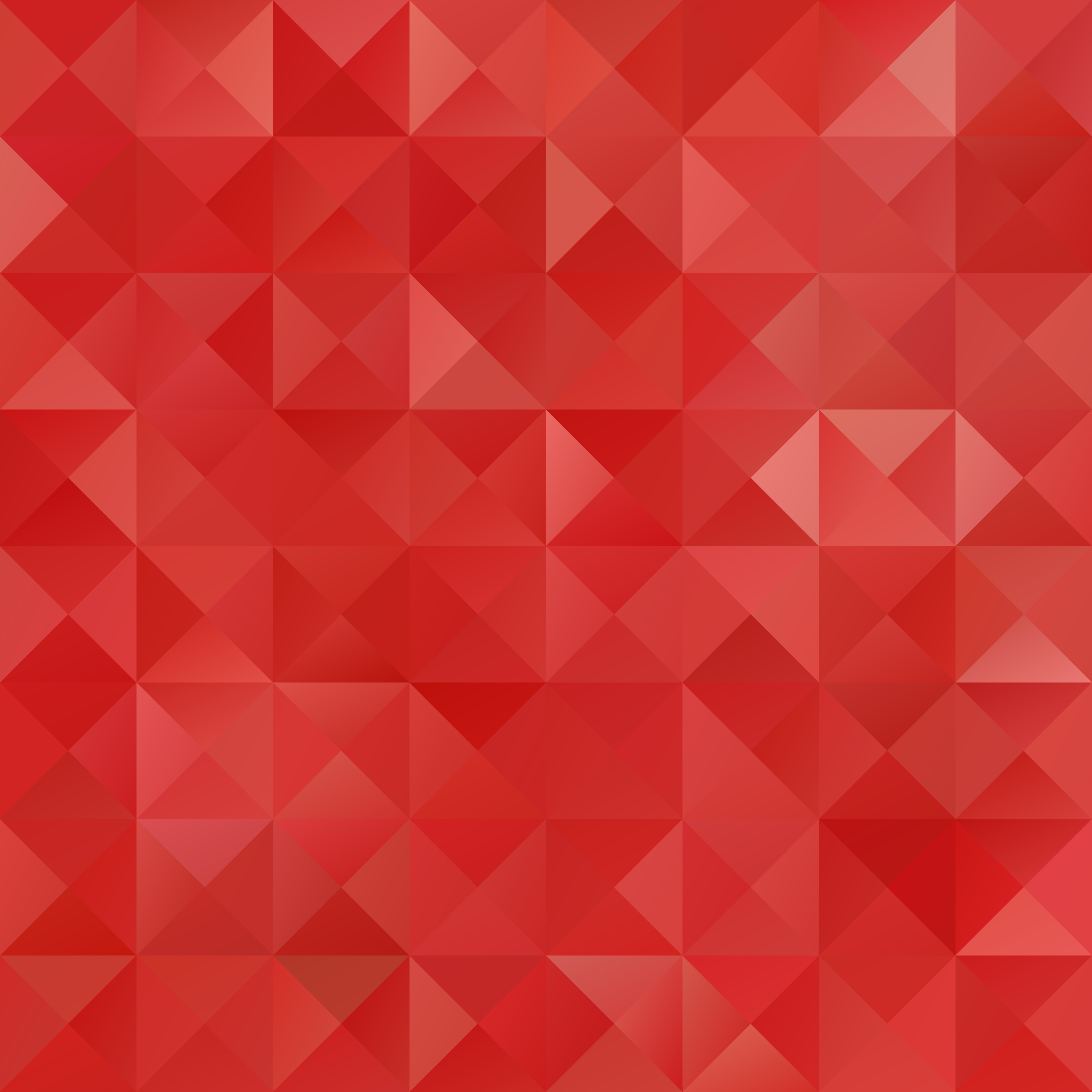

For example, you could have two large columns containing six columns each, or four columns containing three columns each, and so on. The reason is that we can easily divide 12 columns into various smaller sections. However, a good rule of thumb is to use 12 columns. The number of columns in a column grid can vary. Space can also surround the edges of a grid, creating margins. The space in between the columns is the gutter. A column grid consists of a row of vertical sections with space in between them. The most common type of grid used in graphic and web design is the column grid. This makes the content flow more intuitively, and in turn creates a better user experience. The benefit of grids is that they help create a balanced, organized layout. If the ad doesn’t immediately grab their attention, the opportunity is lost.ĭesign elements are arranged in some sort of grid in order to create a layout. Contrast this to someone scrolling past an ad in their Facebook feed. A website user, for example, is typically searching for information or inspiration, and is willing to spend a minute or two to browse a webpage.
#Grids in design how to
When deciding how to balance the different elements of a design, it’s essential to always consider the context and user experience. In contrast, advertisements are primarily image focused with a minimal amount of text. For instance, websites are typically text and image heavy. The format and context of a design determine how these elements are implemented in a layout.

Below are some of the most common design elements that contribute to layout: In graphic design, layouts may contain a number of different elements. The reason larger elements are more important is that they’re the first to draw the eye. In general, the largest element in a design is the most important, followed by the second largest, and so on. One way to create hierarchy is through size. In design, hierarchy refers to the order of importance of the elements in a layout. Let's take a look at these elements in more detail so that we can better understand how each contributes to effective layout design. Layout design also encapsulates the principles of hierarchy, balance, alignment, proximity, and space. Layout is interwoven with other fundamental principles of graphic design, such as color, contrast, repetition, texture, and typography. Principles of layout design and composition Later on, we’ll discuss grids in more detail and look at some real-world examples of grids in action. Although grids are invisible in the user-facing design, it’s easy to tell at a glance whether a layout follows a grid system. Grids are useful in layout design because they help structure and organize content. If a layout doesn't read well to the viewer, the design is ineffective, no matter how trendy it looks. The latter part of this definition is key. In a nutshell, layout design refers to the arrangement of visual elements within a grid in order to convey a particular message.

#Grids in design download
🤑 FREE “Principles of Layout” Handbook 👉 Click here to Download 🤑 What is layout design?īefore we dive in, let's make sure we're clear on what layout design even is. In this post, we'll consider why layout is important in design, how to implement it effectively, and also look at some examples of beautiful and functional layouts. In other words, understanding layout is key when it comes to creating user-friendly, engaging designs, particularly in the realms of web design and advertising. An effective layout not only looks attractive, but also helps the viewer understand the message the design is conveying. The effectiveness of every type of design, from print to web, is largely influenced by layout. Layout design is a fundamental branch of graphic design that concerns the arrangement of text and visuals.


 0 kommentar(er)
0 kommentar(er)
